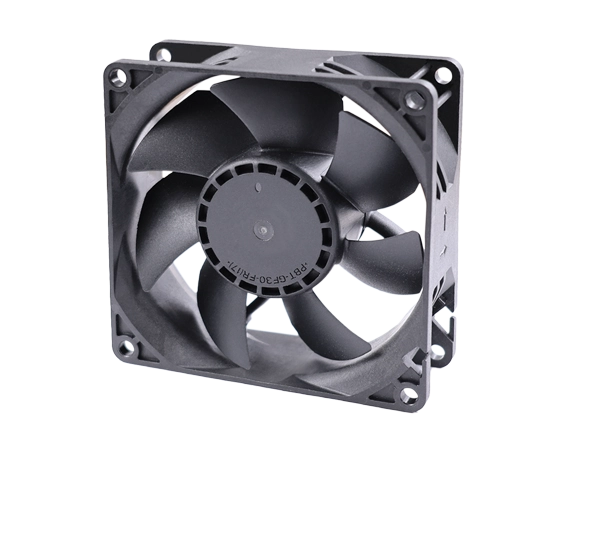When it comes to soldering electronics, one question often arises: Do I need flux to solder electronics? The answer is not a simple yes or no; rather, it involves understanding the critical role that flux plays in the soldering process, the types of flux available, and the specific applications where its use is beneficial. This article delves into the intricacies of flux in soldering, providing you with a comprehensive understanding that can enhance your soldering skills and improve the quality of your electronic assemblies.
Understanding Flux: What Is It and Why Is It Important?
Flux is a chemical cleaning agent that is used in the soldering process to facilitate the joining of metal surfaces. Its primary function is to remove oxidation and impurities from the surfaces to be soldered, ensuring a clean and effective bond. When metals oxidize, they form a layer of oxide that can prevent solder from adhering properly. Flux helps to mitigate this issue by:
- Cleaning the Surface: Flux chemically reacts with the oxides on the metal surfaces, breaking them down and allowing for better solder flow.
- Preventing Re-Oxidation: During the heating process, flux creates a protective barrier that prevents new oxides from forming on the metal surfaces.
- Improving Wetting: Flux enhances the wetting properties of solder, allowing it to spread more evenly across the joint, which is crucial for achieving a strong and reliable connection.
Types of Flux: Which One Should You Use?
There are several types of flux available, each suited for different applications and soldering techniques. Understanding these types can help you choose the right one for your project:
- Rosin Flux: Derived from natural tree resins, rosin flux is commonly used in electronics. It is non-corrosive and leaves a residue that can be cleaned easily. Rosin flux is ideal for general-purpose soldering and is available in both activated and non-activated forms.
- Water-Soluble Flux: This type of flux is designed to be cleaned with water after soldering. It is more aggressive than rosin flux and is effective in removing heavier oxides. However, it can be corrosive if not cleaned properly, so it is essential to follow up with a thorough wash.
- No-Clean Flux: As the name suggests, no-clean flux leaves minimal residue that does not require cleaning. This type is particularly useful in applications where cleaning is impractical or where the residue will not affect the performance of the circuit.
- Acid Flux: Typically used in plumbing and metalworking, acid flux is not recommended for electronics due to its corrosive nature. It can damage sensitive components and should be avoided in electronic soldering.
Do You Need Flux for Soldering Electronics?
While it is technically possible to solder without flux, doing so can lead to poor-quality joints and unreliable connections. Here are some scenarios where using flux is essential:
- Soldering Oxidized Metals: If you are working with older components or materials that have been exposed to air, using flux is crucial to ensure a clean joint.
- Fine Pitch Components: When soldering fine pitch components, flux helps to improve the flow of solder, ensuring that it reaches all necessary areas without bridging adjacent pads.
- Multi-layer Boards: In complex circuit boards with multiple layers, flux aids in achieving reliable connections between layers, especially in through-hole soldering.
Best Practices for Using Flux in Soldering
To maximize the benefits of flux in your soldering projects, consider the following best practices:
- Choose the Right Flux: Select a flux type that is appropriate for your specific application and materials. For most electronic soldering tasks, rosin or no-clean flux is recommended.
- Apply Flux Sparingly: A little goes a long way. Applying too much flux can lead to excess residue, which may require additional cleaning.
- Clean After Soldering: If you use water-soluble or rosin flux, ensure that you clean the joints after soldering to prevent any long-term corrosion or performance issues.
- Store Properly: Flux should be stored in a cool, dry place to maintain its effectiveness. Check expiration dates and avoid using expired flux.
Conclusion
In conclusion, while it is technically possible to solder electronics without flux, doing so can compromise the quality and reliability of your solder joints. Flux plays an indispensable role in ensuring clean, strong connections by removing oxidation, preventing re-oxidation, and improving solder wetting. By understanding the different types of flux and their specific applications, you can make informed decisions that enhance your soldering skills and the overall performance of your electronic projects. So, the next time you ask yourself, Do I need flux to solder electronics? remember that the answer is a resounding yes for achieving optimal results.

